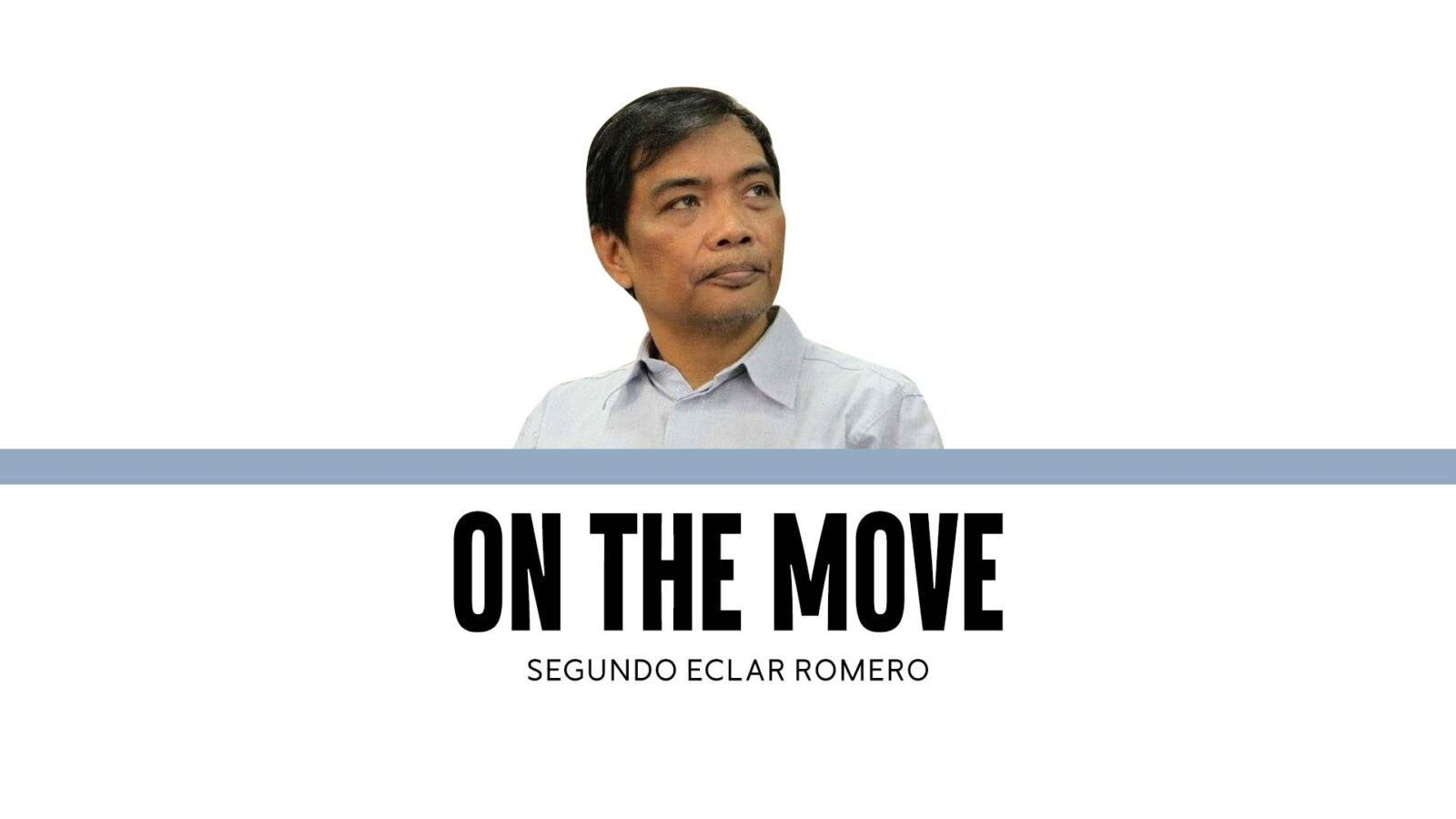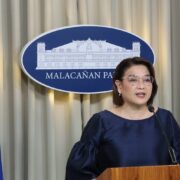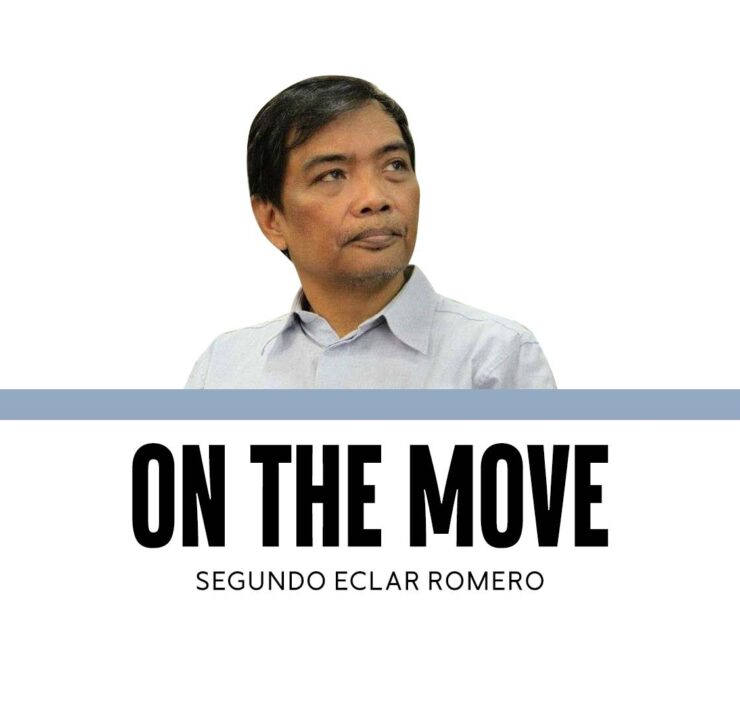The Optimization Act: Promise and capture

The newly enacted Government Optimization Act arrives at a moment of extraordinary strain in the Philippine state. The flood control corruption scandal has reopened long-festering wounds, exposing a bureaucracy that is simultaneously “overstaffed but undermanned”—bloated in head count yet hollow in capability, functioning as an employment agency for political clans and, in key sectors, as a conduit for systemic rent extraction. In this context, the Optimization Act stands as an ambitious—if ambiguous—attempt to reset the architecture of government. The question is whether it will become a genuine instrument of state-building or another well-crafted artifact of reform in name only.
On paper, the act is powerful. It grants the executive and its committee on efficiency and bureaucratic reforms broad authority to reorganize the machinery of government: abolish redundant units, consolidate overlapping functions, reassign personnel, and streamline service delivery. This is no small matter. The Philippine state has long suffered from institutional entropy—a proliferation of small, poorly coordinated offices, many created by special laws or political bargains and left to drift without a coherent mandate. A legal framework that enables systematic restructuring is, in principle, a welcome intervention.
Yet the very strength of the Act is also where its fragility lies. Centralized reorganization powers can either be used to rationalize state functions—or to reconfigure the bureaucracy in ways that entrench existing political interests. Unlike the Independent Commission on Infrastructure, whose structural weakness is almost guaranteed by its lack of investigative or prosecutorial muscle, the Optimization Act is potent. But potency in a compromised environment can easily turn into capture.
This risk is heightened by the present climate. The same political actors championing optimization are entangled in the controversies the public now watches with dismay. The flood control scandal, involving billions in suspicious projects and contractor collusion, implicates not only legislators but also executive officials entrusted with fiscal stewardship. The 2025 General Appropriations Act, criticized for its swollen unprogrammed funds, has only reinforced the perception that budgetary discretion is being weaponized to lubricate political alliances rather than fulfill public needs.
In this environment, optimization can be twisted into its opposite. It is far easier to abolish or merge offices than to dismantle entrenched patronage networks. It is simpler to streamline clerical staff than to expand the ranks of auditors, forensic accountants, engineers, and investigators who are actually needed to cleanse the infrastructure pipeline. Without safeguards, the act risks becoming a scalpel in the hands of surgeons who cannot be trusted with the patient.
Still, to dismiss the Optimization Act outright would be to overlook a rare moment of structural openness. It is precisely during moments of political crisis that reform possibilities expand. The challenge is whether the country can convert outrage into opportunity.
For the Act to serve as a foundation for real transformation, three pathways must be pursued.
First, optimization must be explicitly tied to anticorruption and fiscal detox. This requires more than reorganizing boxes on an organigram. It demands a reengineering of the budget system itself: reducing unprogrammed funds, banning post-enactment insertions, publishing contractor data, and mandating independent technical audits for all major infrastructure projects. Optimization without fiscal reform will simply rearrange the furniture inside a burning house.
Second, the act must be used to rebalance the workforce toward integrity and capability. The government does not need more clerks—it needs more engineers for COA, more investigators for the Ombudsman, more procurement specialists, more regulators, more science and data professionals. Optimization should not be a downsizing exercise; it must be a redeployment and upgrading initiative, aimed at replacing patronage-driven staffing with capability-driven governance.
Third, the process must be opened to public, professional, and third-party oversight. Each major reorganization plan should be disclosed, debated, and subjected to scrutiny by universities, civil society, and the private sector. Transparency is the only antidote to political misuse. The Philippines has strong pockets of competence—in academe, in the legal profession, in the engineering community. These must be enlisted as co-architects, not spectators.
The country does not lack ideas. It does not lack legal authority. What it has lacked—chronically—is political courage. The Optimization Act offers a policy instrument; it does not supply the will. That must come from citizens, reformists inside government, professional communities, and an increasingly impatient public. The moment to push for real change is now, while the wounds are open and the public is watching.
doyromero@gmail.com


















